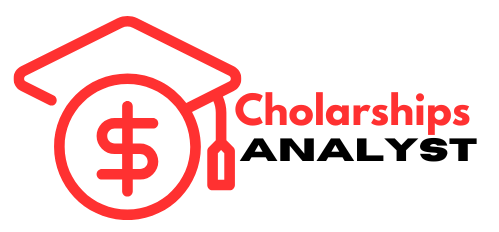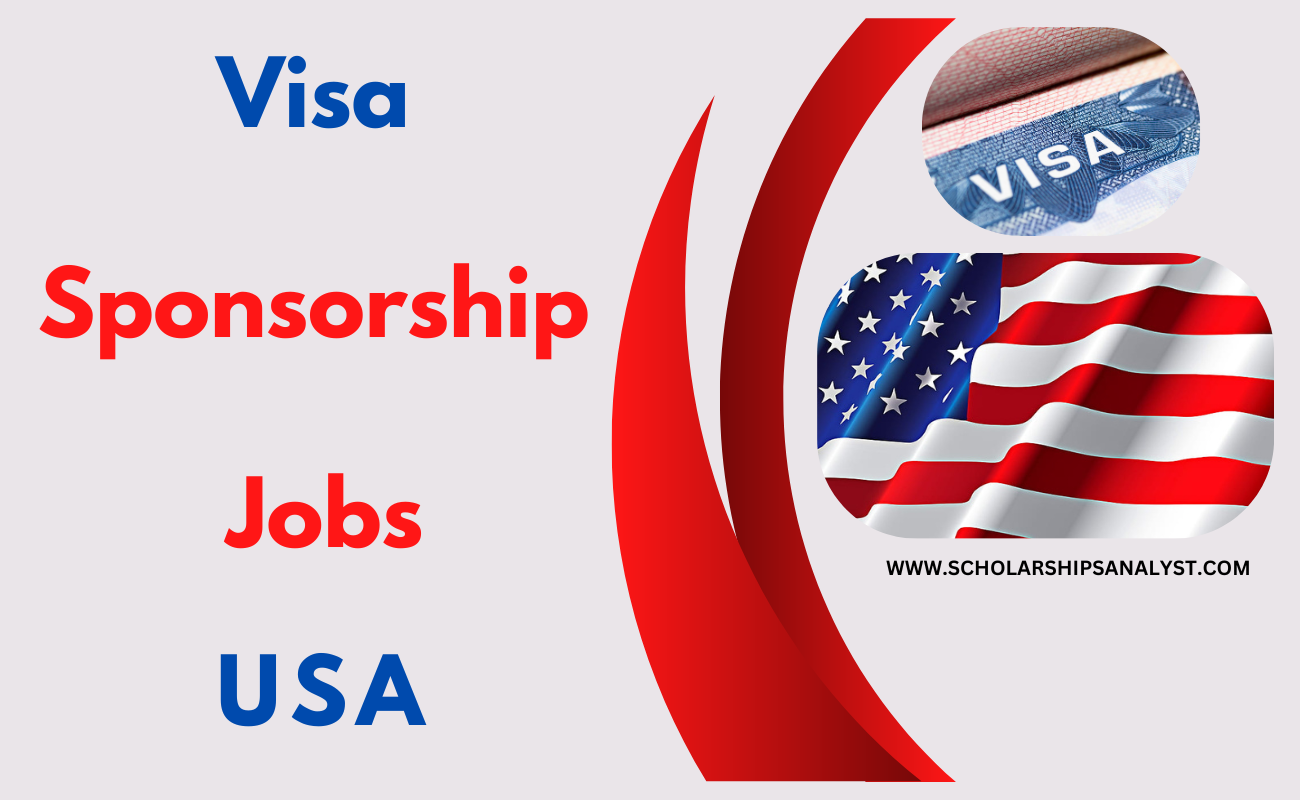Table of Contents
Understanding the process of Visa sponsorship is crucial if you are a professional looking to start a career in the United States. This guide will explain the entire process from learning which jobs offer Visa sponsorship, to how to effectively navigate the job-search process.
1. Understanding Visa Sponsorship
What Is Visa Sponsorship? A visa sponsorship occurs when an employer in the United States supports a foreign worker’s visa application. This allows them to legally work in the country. This can only happen if the employer proves that there is no American suitable for the job, thus justifying their need to hire someone from abroad. Visa sponsorship is a complex process that involves many requirements and processes.
2. Types of Work Visas in the USA
Work visas are available that allow foreign professionals to be sponsored by their employers in the U.S. Each visa type is unique, and often tailored to specific job categories or skill levels.
| Visa Type | Purpose | Fields |
|---|---|---|
| H1B visa | Highly skilled workers in specialized roles | Technology, Engineering and Healthcare |
| L1 visa | Employees who transfer within the same company | Multinational Corporations |
| O1 visa | Individuals with exceptional abilities | Sports, Arts, Science, Education |
You should ensure that you meet the criteria for each visa type. These can differ significantly.
3. Low-Skilled Jobs and Visa Sponsorship
Visa sponsorship is less common for low-skilled positions because local workers are available in large numbers for these jobs. Retail, food service, and manual labor are some examples. There are some exceptions. Certain visas may be available for temporary non-agricultural jobs that provide sponsorship options.
| Visa Type | Purpose | Common Industries |
|---|---|---|
| H2B visa | Temporary Non-Agricultural Work | Tourism, Construction and Hospitality |
| J1 visa | Cultural exchange programs | Work-and Travel Programs and Internships |
These visas are designed to allow workers with low skills to gain work experience in the U.S.
4. Highly Skilled Jobs and Visa Sponsorship
Visa sponsorship is more likely to be granted for those with advanced education and specialized skills. In fields where there is a shortage of talent, like technology, healthcare and engineering, companies are more likely to sponsor visas for essential roles.
Sponsorship Opportunities for Skilled Jobs in High Demand:
| Field | Common Job Roles |
|---|---|
| Technology | Cybersecurity experts, Data Scientists and Software Developers |
| Engineering | Mechanical, Electrical, and Civil Engineers |
| Healthcare | Medical researchers, nurses, and doctors |
| Finance | Financial Analysts, Accountants, Auditors |
These roles often offer sponsorship to foreign professionals who meet the requirements.
5. Importance of Education and Experience
A bachelor’s degree in a highly-skilled role is usually the minimum requirement. Most U.S. employers will prefer candidates who have advanced degrees, such as a Ph.D. or master’s degree. These credentials show a high level expertise. Work experience strengthens your profile and gives you an edge during the sponsorship process.
6. Finding Jobs with Visa Sponsorship
When searching for visa sponsorship, a strategic approach is crucial. Many platforms like job Mesh aggregate listings from different sources and offer filters by title, location and other criteria. Here are some tips to help you maximize your job search:
- Select the Right Job Platforms Begin with job boards which specialize in Visa sponsored roles.
- Customize Your resume and cover letter: Highlight your qualifications and express your interest in Visa sponsorship.
- Use Networking: Connect to industry professionals in the U.S. and learn about job opportunities and companies that sponsor visas frequently.
7. Application Process for Visa Sponsorship Jobs
The application and hiring processes can be long once you’ve found a job that sponsors Visas. The steps are as follows:
- Submit an Tailored Application Customize both your cover letter and resume to highlight your qualifications and Visa requirements.
- Prepare yourself for interviews: Be prepared to discuss your qualifications as well as your visa status. This may include explaining to the employer that your skills are worth additional costs and time.
- The role of the employer in sponsoring: Your employer will submit a petition to U.S. Citizenship and Immigration Services, (USCIS), must demonstrate that the position requires highly-skilled workers.
It may take several weeks to complete the application. Patience and persistence are required.
8. Costs and Legal Considerations
Legal fees and other costs can vary from several thousands to more than $10,000 depending on the type of visa. These expenses are covered by law. Clarify sponsorship costs during negotiations with your employer to ensure that you and your employer are on the same page regarding who will pay for these expenses.
9. Alternatives and Backup Options
There are other options to consider if immediate Visa sponsorship cannot be achieved.
| Pathway | Description |
|---|---|
| Internships | Sponsorships can be obtained through temporary roles. |
| Student Visas | Continuing your education in the U.S. will increase your job prospects after graduation. |
Continue to develop relevant skills while working on a solution for a sponsor and explore other possible routes in order to improve your chances.
10. Final Thoughts
Visa sponsorship is possible, especially if you are in high-demand fields with advanced skills. To be successful in finding a job in America, you will need to approach this journey with patience and research.




Leave a Comment